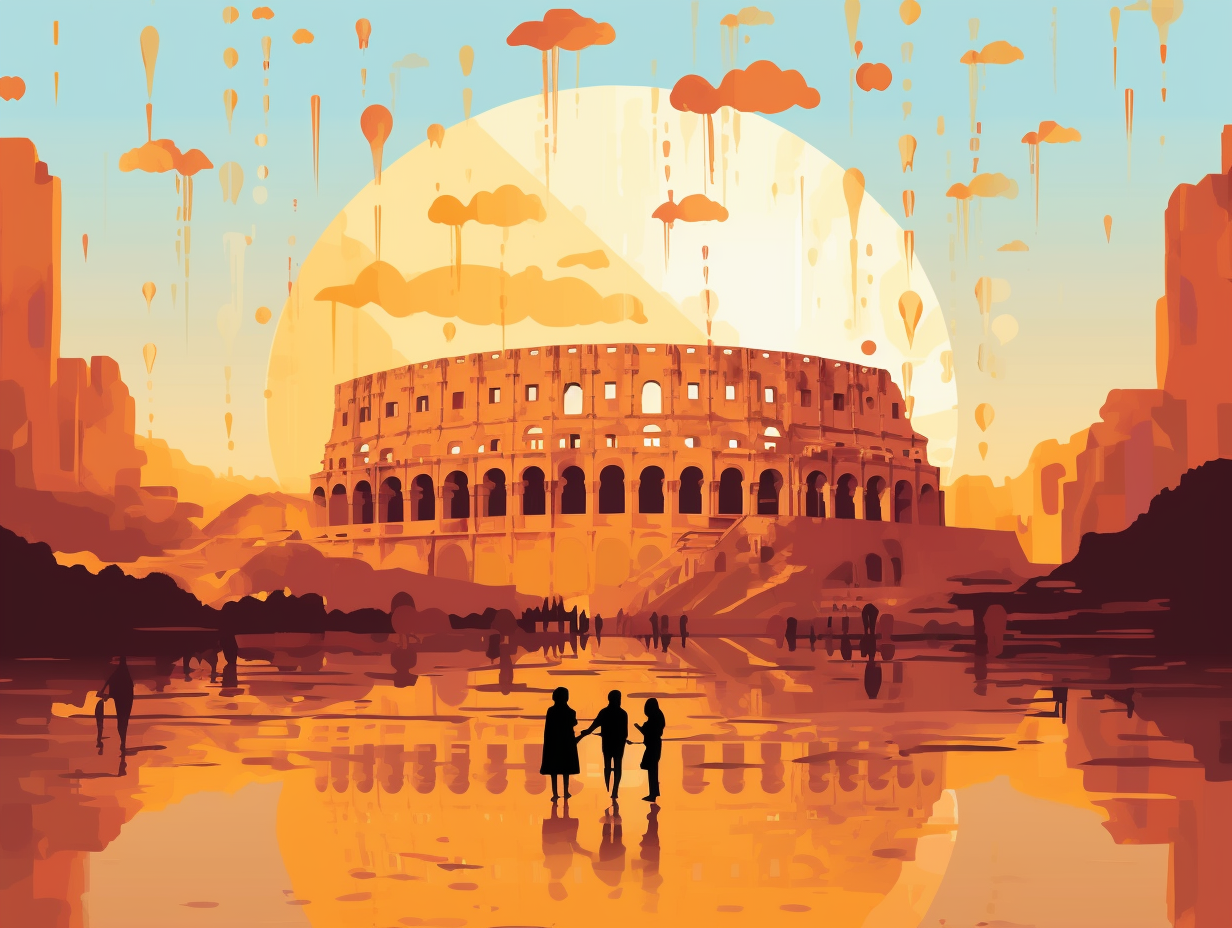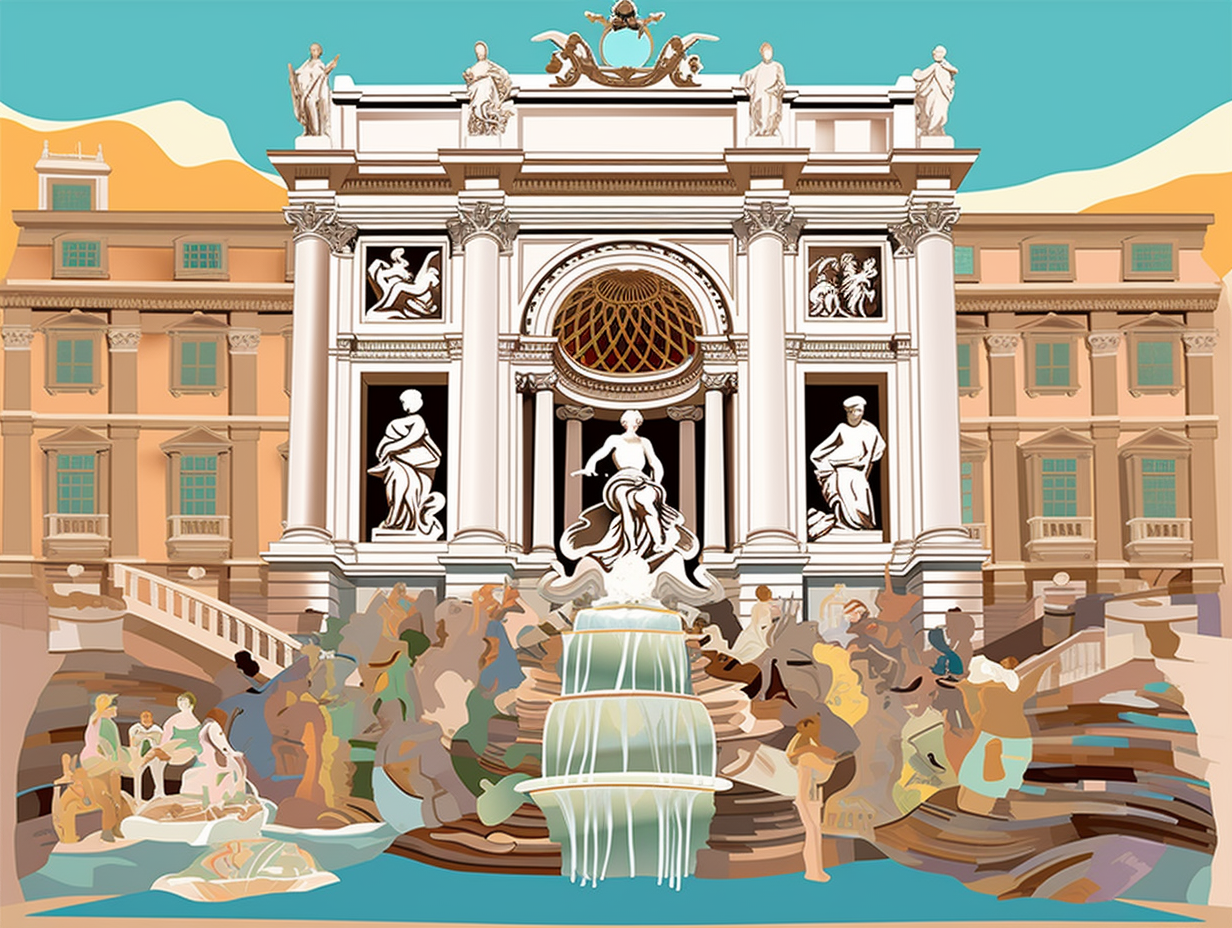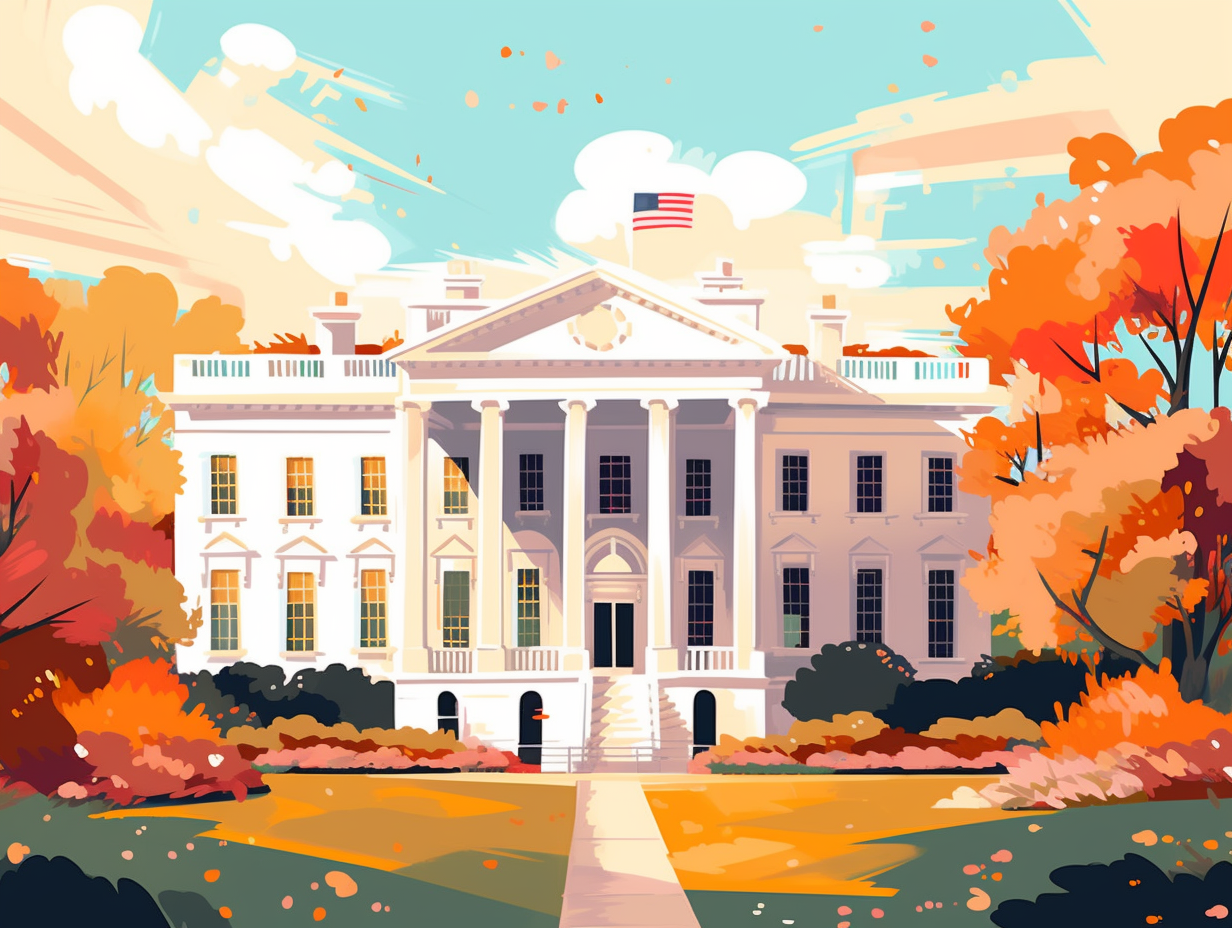13 Fascinating Fun Facts About the Leaning Tower of Pisa You Never Knew!

1. The Intentionally Tipsy Tower
They say Rome wasn't built in a day, and neither was the Leaning Tower of Pisa - or its rather quirky slope-ity-dope, for that matter! In an architectural wink to the earth beneath its feet, this tipsy tower bent the rules before things took a bit of a sinking turn: Originally envisioned as a free-standing bell tower for the neighboring cathedral, the tower was purposefully designed with a slight lean to counteract the soft soil below. Alas, the tilt ended up more prominent than intended due to some unforeseen earthy circumstances at its base, making the tower a cheeky, slanted marvel for centuries to come.
Source => geoengineer.org
2. Galileo's Leaning Laboratory
Long before Isaac Newton was struck by an apple, Galileo Galilei's life had a "pendulum swing" moment at the Pisa Cathedral: Atop the famously tilted tower, Galileo made groundbreaking discoveries in the 16th century and observed the oscillations of its chandelier, leading him to the theory of isochronism, a prelude to his revolutionary work on dynamics. This crooked colosseum also served as his vertical lab as he formulated laws governing falling bodies, giving new meaning to the phrase, "falling head over heels for science."
Source => whc.unesco.org

Did you know the Colosseum has a secret 15,000 square meter underground "green room" for gladiators and wild animals? Uncover 400 years of hidden history by exploring its fascinating corridors!
=> Fun Facts about The-Colosseum
3. The Tower's Tipsy Timeline
Who needs to stand straight when you're already famous for being a little tipsy? No, we aren't talking about your favorite celebrity - it's the Leaning Tower of Pisa we're referring to: This architectural wonder has been leaning to one side because of its unstable foundation, falling at a rate of one to two millimeters per year. With its height of 180.45 feet and a whopping 14,500 tons to its name, this tipsy tower's inclination is predicted to increase over time, potentially ending as the "Fallen Tower of Pisa." But, hey, fame does have its perks – visitors get to climb 294 or 296 steps depending on which side they take, all thanks to architects who tried to even out the lean with taller stories on the shorter side.
Source => spartanandthegreenegg.com
4. A 200-Year Wobble
Just like that tipsy uncle at family gatherings, the Leaning Tower of Pisa has a wobble that demands attention: Built over 200 years beginning in 1173, the tower's infamous tilt appeared during the construction of its second floor due to insufficient foundations and unstable soil, with engineers only managing to straighten it by 38cm in the 1990s using soil extraction, all under the watchful eye of British expert John Burland.
Source => ice.org.uk

5. The Secret to Earthquake Survival
Proving that sometimes it's hip to be square – or at least, slightly askew: The Leaning Tower of Pisa owes its survival of multiple earthquakes to the same dynamic soil-structure interaction that caused its iconic tilt. According to a 2018 engineering investigation, the soft foundation soil that made it lean also helped this architectural rockstar withstand various seismic performances, making it a true standing ovation.
Source => en.wikipedia.org
6. Galileo Debunks Aristotle
Legend has it that Galileo's favorite pastime was dropping stuff from Pisa tower while in pursuit of totally unrelated sciencesy things - What a nutty genius! But get this: In reality, Galileo debunked Aristotle's theory of gravity by taking two spheres of the same volume but different masses and dropping them from the Leaning Tower of Pisa, proving that objects fall at the same acceleration regardless of their weight.
Source => en.wikipedia.org
7. Fibonacci's Architectural Easter Egg
Well, butter my biscuits and call me Fibonacci: the lunetta crowning the portal of the San Nicola Church in Pisa actually incorporates mathematical symbols representing the famous Fibonacci sequence, where each number is the sum of the two preceding ones, adding a whole new layer of "mathemagic" to this architectural marvel.
Source => renatoprosciutto.com
8. World War II's Unbalanced Assist
During the tumultuous years of World War II, the Leaning Tower of Pisa wasn't just leaning on its laurels, but rather providing an unbalanced assistance to some unwelcome guests: German soldiers occupied the tower, using it as an observation post. Yet, the Allies never bombed the iconic structure because they wanted to avoid damaging the nearby cathedral and surrounding area.
Source => thevintagenews.com
9. Earthquake Party-Pro Tower
The Leaning Tower of Pisa, that ever-so-tipsy tower that's been the best-dressed designated driver at the earthquake party for centuries, dodging hangovers with finesse and flexibility: it has withstood numerous earthquakes, some with magnitudes surpassing 6.0, due to its height, stiffness, and foundation's soft soil, which ultimately alters its vibrational characteristics to reduce resonance with ground motions. But beware, a monstrous earthquake might still crash its party!
Source => mercurynews.com

10. The 840-Year Jenga Game
In a groundbreaking game of Jenga that lasted 840 years, the Leaning Tower of Pisa played hard to get before finally straightening up and flying right: An extensive restoration from 1990 to 2001 extracted soil from beneath its northern foundation, placed lead weights on its northern side, and encircled its base with a new concrete ring, improving its posture by half a degree and assuring stability for at least another 200 years - also granting visitors the thrilling opportunity for breathtaking views from within its dizzying heights!
Source => science.howstuffworks.com
11. Berta's Generous Gold Coins
When Berta left her "two cents" in her will, she really meant 60 gold coins: Over 800 years ago, the wealthy widow Berta of Bernado generously funded the iconic Leaning Tower of Pisa's construction – a fact so delightful, LEGO even immortalized it in their Architecture set booklet.
Source => en.brickimedia.org
12. Cathedral, the Oldest Sibling
Tired of getting all the attention, the Leaning Tower of Pisa leans over and whispers, "You know, I'm not even the oldest kid on the block": The Pisa Cathedral actually holds the title of eldest in the Piazza dei Miracoli trio, which includes the cathedral, baptistry, and our favorite tilt-a-whirl of a tower. Consecrated in 1118, the cathedral reigns as a prime example of Romanesque architecture, specifically the Pisan Romanesque style, and serves as the seat of the Archbishop of Pisa. Bronze doors, majestic interior, and a lack of vertigo – it's definitely worth checking out while visiting its famous slanted cousin.
Source => en.wikipedia.org
13. 800 Years of Tipsy Charm
The Leaning Tower of Pisa: like a drunk uncle at a party, teetering on the edge but somehow never falling over! Cue the serious reveal: This remarkable, ever-tilting architectural wonder has withstood over 800 years of earthquakes, storms, and wars, and after intensive stabilization efforts in the 1990s, it's predicted to stay standing for at least another 200 years.
Source => leaningtowerpisa.com
Related Fun Facts




















